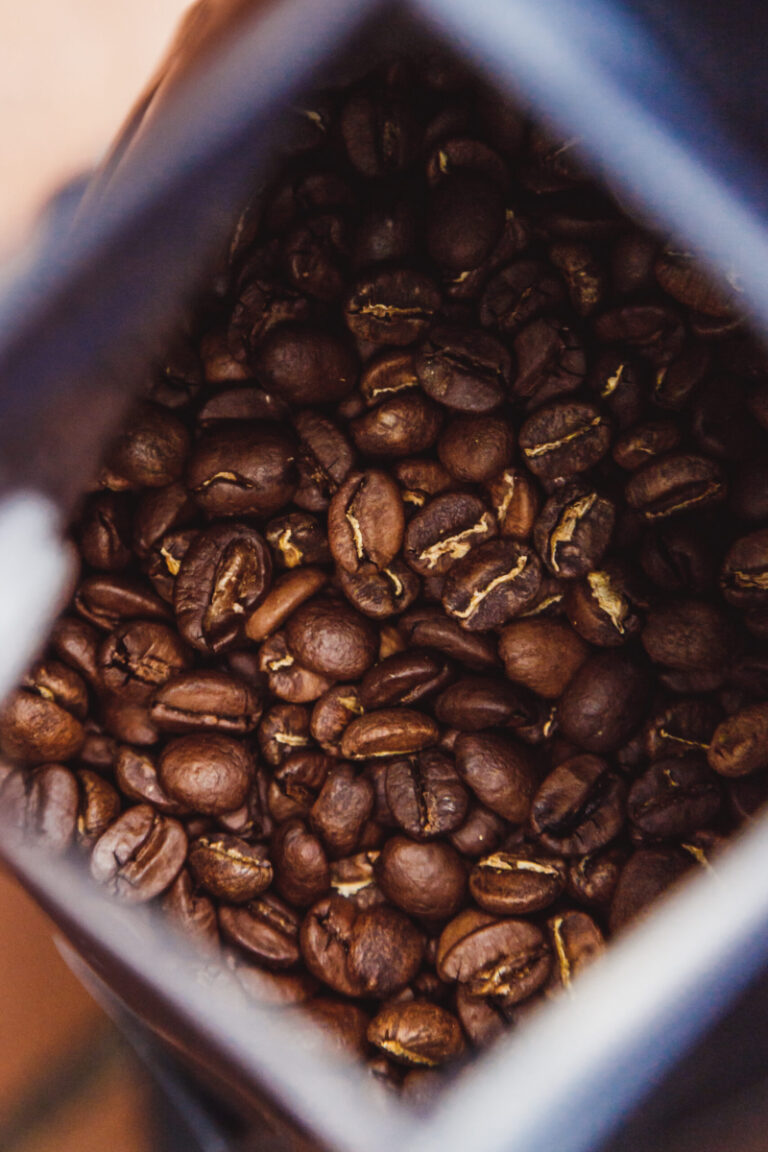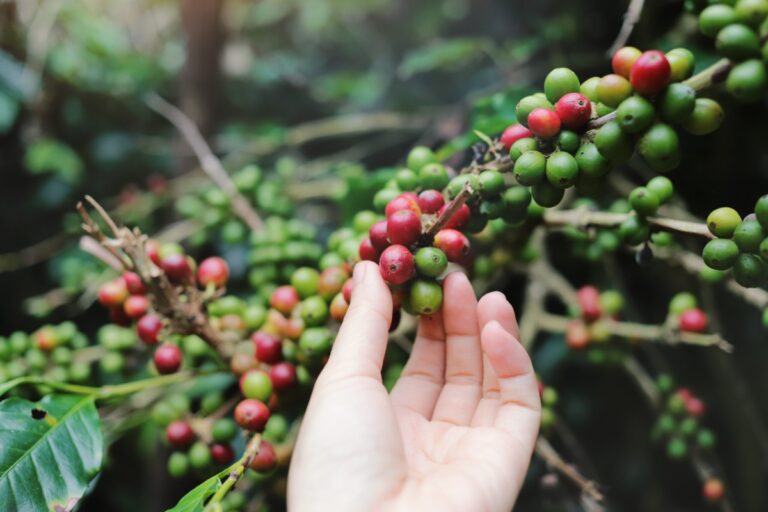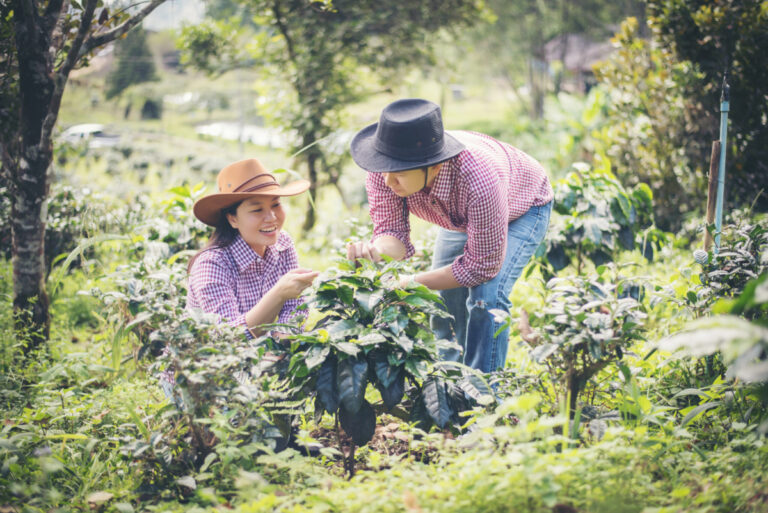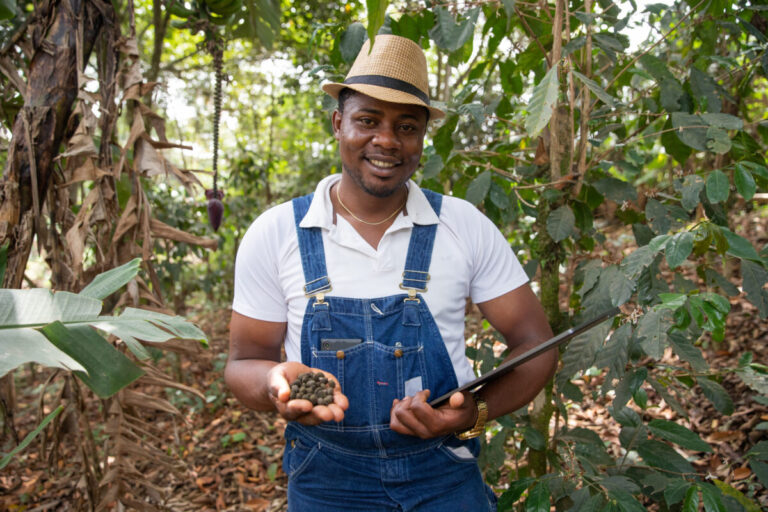United States – Hawaii. The island of Kona, Hawaii provides the perfect location and environment for crowing coffee, where it is gown in black, volcanic soil on the slopes of the Mauna Loa volcano. Providing a balance of shade, sunlight and frequent rainfall, Kona coffee has become well-known and sought after. Kona coffee typically offers a deliciously rich, aromatic cup of medium body.
Mexico. Mexico also ranks as one of the largest coffee producing countries in the world. Coffee is grown on both small and large plantations in the southern states of Veracruz, Oaxaca and Chiapas. Mexican coffee typically offers a wonderful aroma and depth of flavour, excellent for dark roasts and frequently used in blends.
Puerto Rico. Coffee was introduced to Puerto Rico in the 18th century from Martinique, where it quickly become a big contender for coffee production worldwide. Arabica is cultivated and produced to the highest standards, with two main growing regions – Grand Lares and Yauco Selecto. Puerto Rican coffee typically offers a balanced body and acidity, as well as a fruity aroma.





